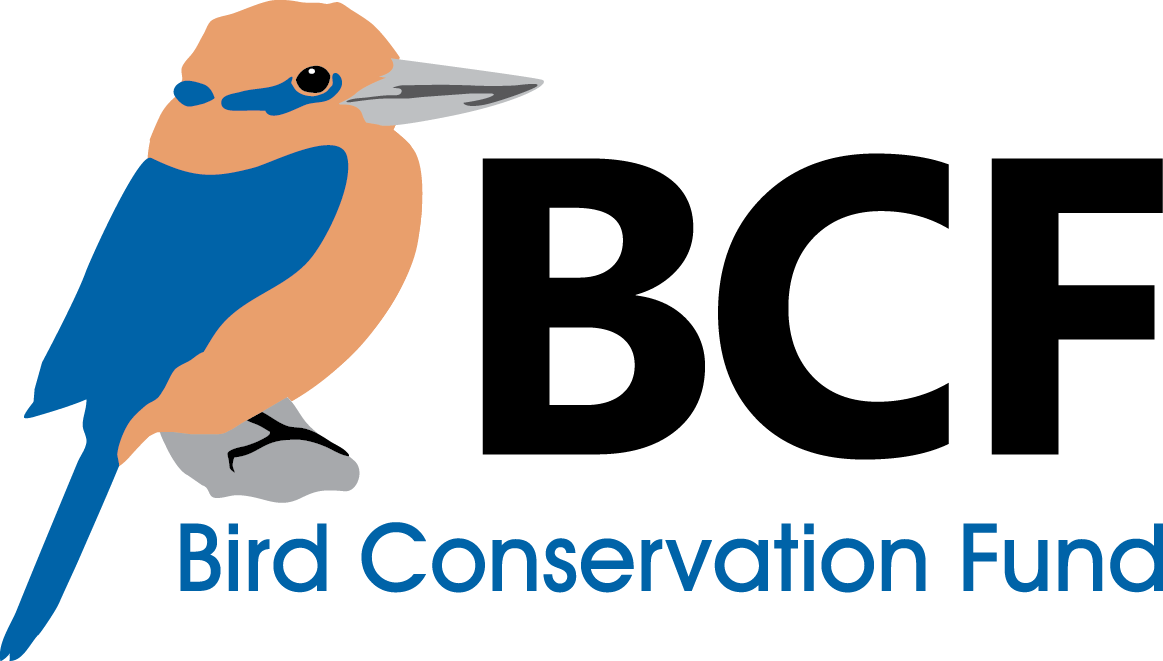Selkirk Island, Chile 2019
Juan Fernández Petrel (Pterodroma externa) in flight. P. Hodum
CONSERVATION OF THREATENED ENDEMIC PETRELS: INSTALLATION OF SEABIRD-FRIENDLY STREETLIGHTS ON ALEJANDRO SELKIRK ISLAND, JUAN FERNÁNDEZ ARCHIPELAGO, CHILE
Bird Conservation Fund raise $11,000 to help Oikonos install a seabird-friendly light system in the community of Rada La Colonia on Selkirk Island. The purpose of the project is to minimize light impacts on the two endemic, globally Vulnerable petrel species that breed on the island and to do so using renewable energy. The funding was delivered in December 2019.
Isla Alejandro Selkirk is the westernmost island of the Juan Fernández Archipelago, located 400 miles off the coast of Chile. It is part of the Juan Fernández Islands National Park and, as such, also part of the Juan Fernández Islands UNESCO International Biosphere Reserve. The biodiversity of the island, like that of the archipelago as a whole, is characterized by high rates of endemism, with a number of species, both plant and animal, classified by the IUCN as Vulnerable or Endangered. Of the 15 native species of birds that breed in the islands, eight are species or subspecies endemic to the archipelago. The archipelago, including Selkirk, is classified as both an Important Bird Area and an Endemic Bird Area by BirdLife International. In addition, the Alliance for Zero Extinction identified the archipelago as a priority site, based in large part on the conservation status of the native bird community.
Of the six seabird species that breed in the archipelago, two are single island endemics with two more being endemic breeders in Chile. Four of the six species are globally listed by the International Union for the Conservation of Nature (IUCN) as Vulnerable, including two petrel species that breed only on Isla Alejandro Selkirk, Juan Fernández and Stejneger’s petrels (Pterodroma externaand P. longirostris, respectively).
In previous years, Oikonos has documented significant light attraction impacts, principally on overcast and/or stormy nights when hundreds of petrels were sometimes attracted to the community’s lights, with many colliding with buildings/structures and/or falling to the ground where they were vulnerable to predation by cats and dogs.
As members of the order of birds known as the Procellariiformes (albatrosses, petrels, shearwaters, storm-petrels and diving petrels), Juan Fernández and Stejneger’s petrels have a number of life history characteristics that make them disproportionately vulnerable to human-caused impacts on populations.They are extremely long lived, they typically do not begin to breed until they are 5-7 years of age, and they only lay a single egg each breeding season.So any impact that decreases survival, especially of adult birds, can have significant effects on the population.Like most petrels, both species spend the vast majority of their lives at sea, returning to land only to breed.They are truly birds of the ocean and are poorly adapted to novel human-caused threats on and around their breeding colonies, including the navigational disorientation caused by lights along the coast and near their breeding grounds.The impact of lights is made even greater by the nocturnal behavior of both species on the breeding colonies.Birds arrive and depart the colonies during the hours of darkness, an adaptation to avoid predation by diurnally active predators.As such, when petrels approach Selkirk at night, especially during overcast and drizzly conditions that are common on the island, they can become disoriented by the small constellation of streetlights in the village.

